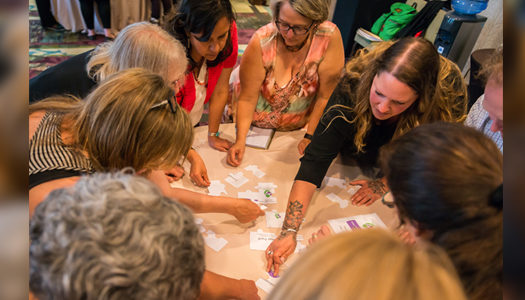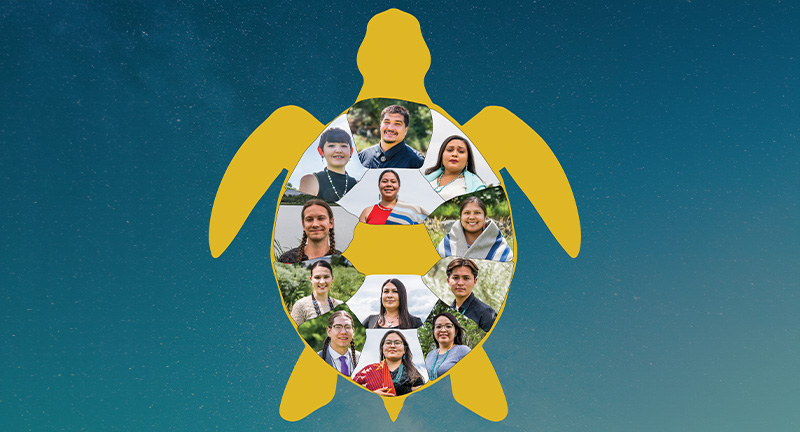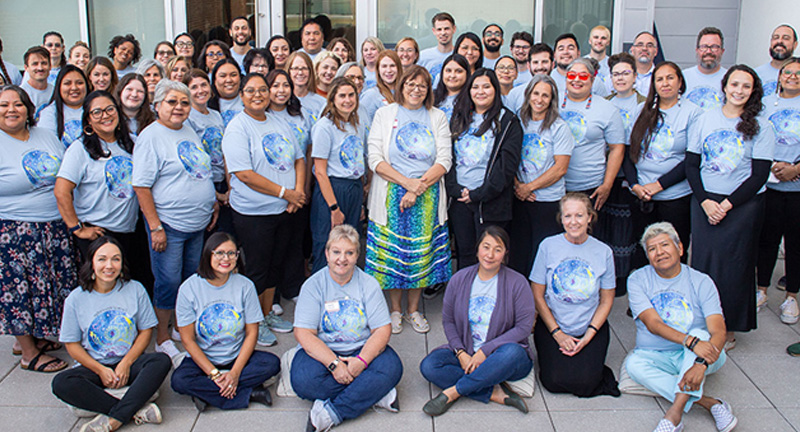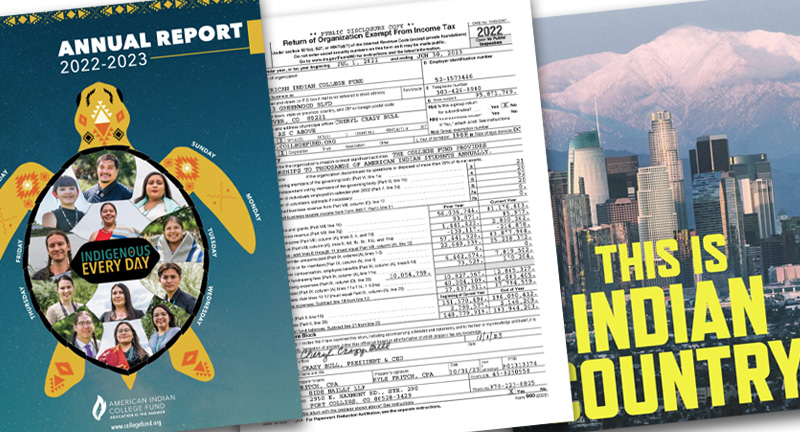This past weekend the board of directors of the American Indian College Fund had the opportunity to travel to Sells, Arizona, where we met with students and teachers at Tohono O’oodham Community College (TOCC). We toured the eastern campus and heard presentations by several students, including TOCC’s student of the year, Theresa Vavages, also gave a presentation about the challenges she faced as she made the transition from her traditional life in the desert to life as a tribal college student. Raised by a single mother who passed on her love of words and books, Theresa is now getting ready to graduate and go on to the next phase of her life: working for the college.
It is stories like these that remind me of the important work we do at the American Indian College Fund. The Tohono O’odham nation is the second largest in the United States, and includes rugged terrain straddling the U.S.-Mexico border. Without the tribal college’s two campuses, students like Theresa might not have the opportunity to attend college. Many students in the Tohono O’odham nation already travel huge distances, many as far as 60 miles one way, to get an education at the tribal college. When so many students do not have the money for a car or gasoline in a place where there is no public trqansportation, committed teachers pick their students up en route to class, and many others car pool–or walk.
Thanks to the American Indian College Fund’s scholarships and the college’s new distance learning program, many more students like Theresa will be able to achieve their dream of a college education.









